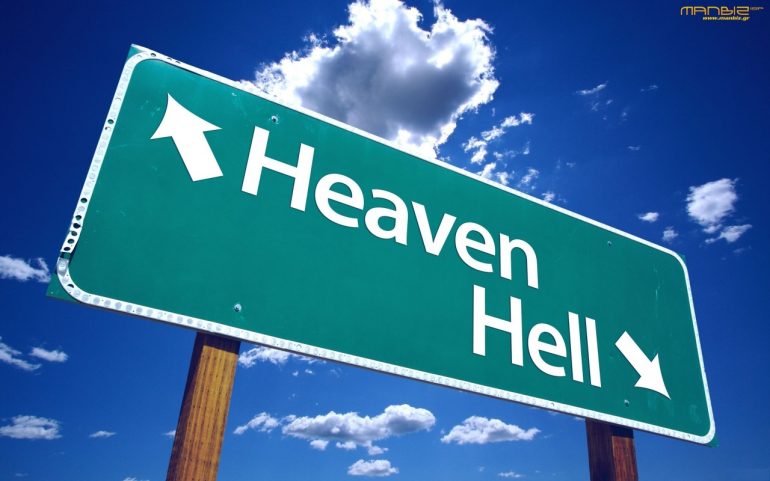Early October organizers of the main big international competitions got an email in their inbox unlike any they had received yet. Written by Alexander “Zero Gravity” Kokhanovsky, CEO of the Natus Vincere team, this letter announces
the creation of a team union made up of ten of today’s most influential teams such as Na’Vi, Team Liquid, Fnatic or EnvyUS. The union presented its demands for the year 2016 with a complete list of relatively demanding conditions if competition organizers want to have teams attend their events. Check out the full email here.
Main points :
- Minimum amount for CS:GO cash-prize will be $75 000
- Organizers must also provide for travel and accommodation costs for the players and their manager
- A limit to the number of games played per day: set at 8 maximum
- The organizers must provide a full media report including numbers in audience for the different teams
While this can be considered to be a major step forward in terms of professionalizing the world of electronic sport, this news is quite controversial and has earned some very negative feedback from fans on news websites. What to think of this? Is this a reboot of the 2006 G7 episode? Are the union’s demands too high? Is this a potential danger for the organizers? We will attempt to answer these questions in 3 main points.
Is it a good thing?
Overall it’s a good thing. Today, a professional club must face many different problems. For starters, the number of organizers. In the email, 16 were mentioned! All located in different countries with different working methods and each with his own very distinct way of doing things. Over the year 2015, from early January to October 7th, Fnatic’s CS:Go team played roughly 290 games in official tournaments (source HLTV). This gives us an average of over 1 game a day. Knowing that a team has to juggle between practices, preparation and travelling, taking part in the competitions and remaining available for the press. This will equate to some very hectic agendas!
Today it is the confrontation between the most popular teams that bring in the fans and give us the huge numbers of viewers we have come to expect in competitions. And it’s this audience that organizers are desperate to grab! If we want the games to remain just as spectacular and retain their unique flavor, we really need to think about the calendar issue. Harmonizing competition norms and trying to create a certain standard seems like a good place to start.
Is it a danger?
Are the demands really too important? Would this not raise the glass ceiling between semi-professional and the pro teams? We have to point out that taking care of the full travel cost for 10 teams would bring the Organizers to spend around $750 000 per year for this. And this doesn’t take into account the cash prizes or renting a venue for the events. Are the clubs not going too far with this? Some organizers, especially in the case of invitationals or previous qualifying stages, would already take care of the teams’ travel expenses. Then, as we have already mentioned, it’s the players who provide the show in tournaments. It’s is they who bring the fans with them to the tournament. Do we really measure the power of influence of pro-gamers? KennyS with 129 000 followers on Twitter or Get_Right and his 138 000 followers! Still today, the majors put to one side, the clubs don’t earn anything for the time on air or participation bonuses. Is it therefore not normal for the biggest teams to have their travel expenses taken care of?
Empty threats?
One thing though in this story is fishy! Such a news, an organization being set up like this, should have cause more reaction and should have made the world of electronic sports shiver. But nothing. As far as we know, not a single competition organizer has reacted. We have contacted a few of them and have had no reaction… Concerning the clubs, no team other than Natus Vincere, through its CEO, has official positioned itself. We have asked a few of the teams stated as being part of this “esport union” if they cared to comment. We reached out to Fnatic, Titan and EnvyUS and we are ether still waiting for an answer or have been told that the managers are still waiting for a meeting with their board of director on this topic. Strange… Some feedback we have found even suggests that non of the clubs would have been contacted by Alexander Kohkanovsky. At this point in time we can only wonder how much credibility Alexander really has with the organizers and other clubs.
Concerning the $75 000 minimum cash prize, is it really too high? Again it’s important to place this back into context. According to the specialized web-site esport-earnings, for the year 2015, there have been over 443 Counter Strike tournaments and nearly $4 000 000 in cash prize! Players cannot compete in all the competitions and we do indeed need some common ground between them. Let’s not forget that the role of a union is to negotiate: it’s normal to start on a high number and let the negotiation take place.
Unfortunately, with the elements on the table today, it is still too early to talk about a union of professional teams. It would be naïve to think that teams and competition organizers don’t talk. Quite the reverse! This initiative has allowed the debate to start again and this is a good thing, though we do regret not hearing more from the organizers and other structures. And to avoid that all the dealings are done only in private and that the big don’t crush the small, maybe the key word here is “transparency”.
Transation – James Berry


